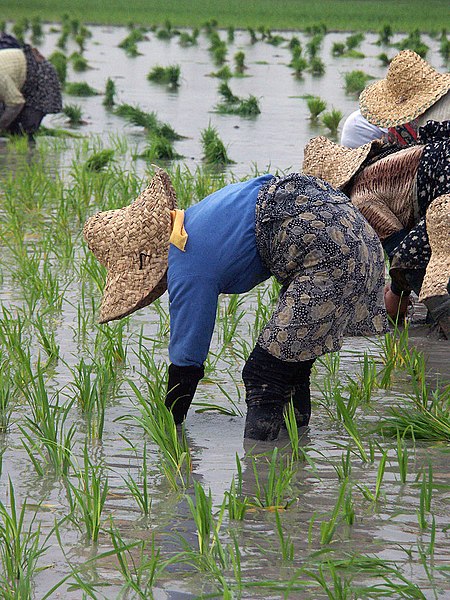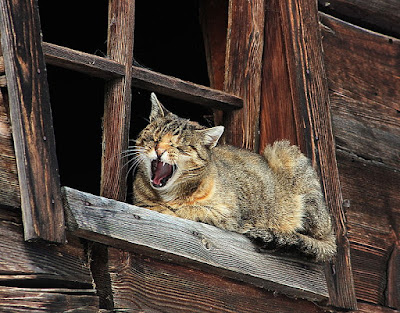CorporateNature Metaphor Series, No 81
In the 16th century, farmers in Flanders (Belgium) discovered the four-field crop rotation. This led to an agricultural revolution in continental Europe and in copy-cat Britain. The discovery that planting wheat, turnip, barley and clover on the same plot over four consecutive years would not exhaust the soil led to a big increase in productivity, compared with the previous practice of leaving the land to lie fallow every third year.
Modern lives and careers are starting to look similarly compartmentalised: with the end result of recharging and reinvigorating the person. The four-field crop rotation in one's career can take the form of:
a) work for a company;
b) work for yourself or start up a company;
c) travel;
d) study.
Young people in Western Europe nowadays increasingly take a gap year after high school to travel the world. Mid-career people often do it as well. This corresponds to planting turnips on your field: as the Jewish saying goes "to the worm in a turnip, the whole world is a turnip." After all, it's not a bad idea to come out of your turnip and see what other turnips in the world look like.
Studying no longer happens only in one's youth. People often do professional degrees after working for some time, e.g. an MBA in one's late 20s / early 30s, or an EMBA in late 30s and 40s. And even beyond that, to keep up with technology advances, many professionals choose to do shorter (e.g. 3-month) IT courses. This is the experience that recharges one's career the most, similar to the effect of clover and other legumes on the soil (enriching it with nitrogen that benefits the crops thereafter).
Entrepreneurship also comes at different stages in life: one may try out an idea in their 20s (what I call Type 1 or "wolf-type" natural entrepreneurs), then work for a company to gain experience and contacts, and then start up a company again in their 40s or 50s, tapping their accumulated expertise (which I call Type 2 or "dog-type" corporate entrepreneur). In the farming analogy, this stands for planting barley - from which craft beers for the hipsters are made.
Working for a company is the remaining (most mainstream) piece of the sequence. Good old wheat is the bread (and butter) of the global economy after all.
Apart from the four-field rotation, there is another very productive agricultural technique which was developed by the Native Americans before the rise of modernity: planting maize (corn), beans and squash simultaneously, known as the Three Sisters. However, this simultaneous recharging of the soil by growing three different crops has a much rarer analogy in the human world. It can only be pulled off by the Rennaissance Man / Woman. It takes an entrepreneurial polymath to manage to juggle with study, travel, working for a company and launching a startup at the same time.
 |
| Crop rotation (Source: Wikipedia) |



























